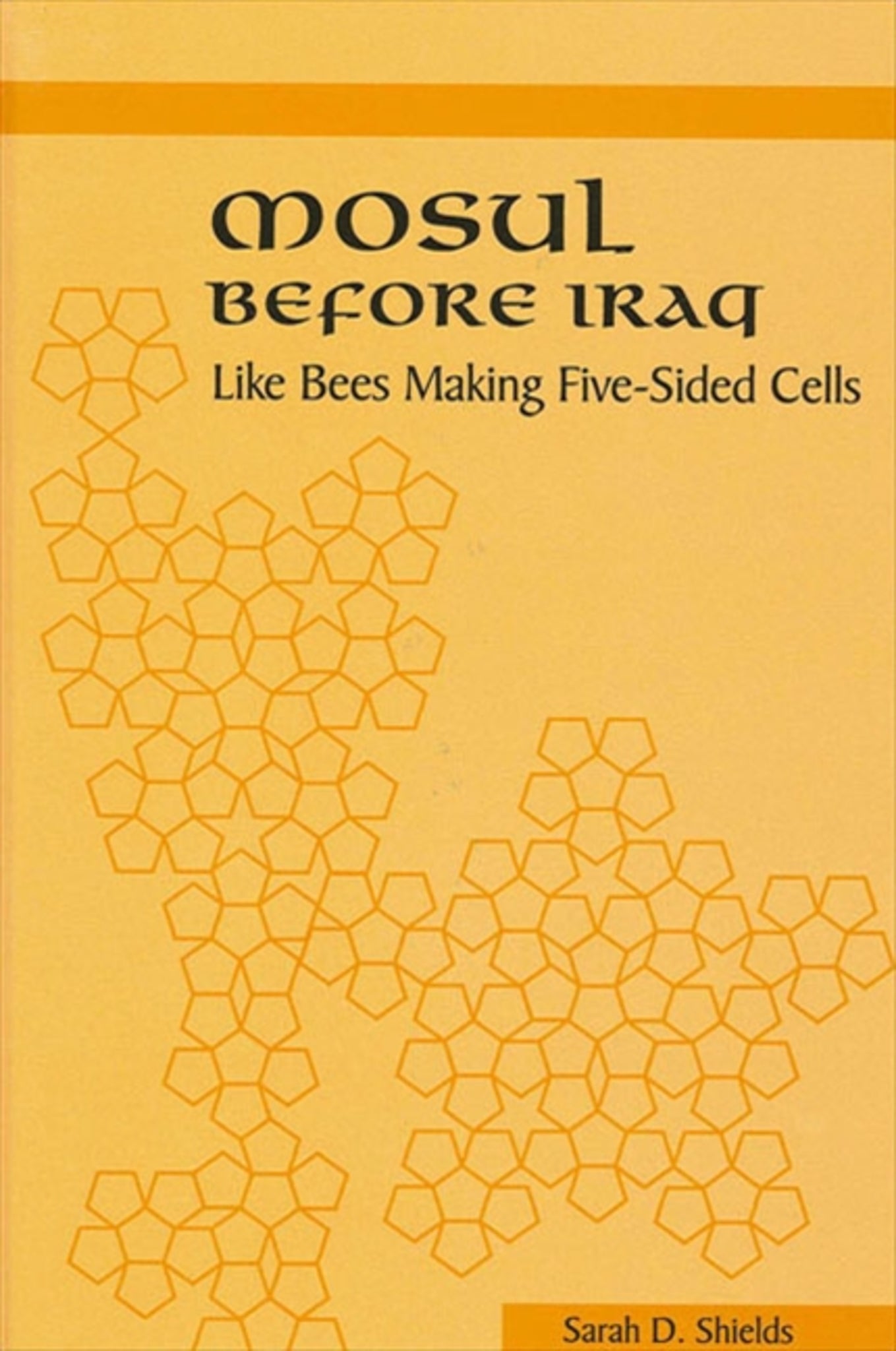We're sorry. An error has occurred
Please cancel or retry.
Mosul before Iraq

Some error occured while loading the Quick View. Please close the Quick View and try reloading the page.
Couldn't load pickup availability
- Format:
-
22 June 2000

Using original source documents, this book portrays nineteenth-century Mosul—a large city currently in Iraq's "no-fly" zone.
Drawing upon original source documents, Mosul before Iraq paints a portrait of the region during the turbulent nineteenth century. What emerges is a picture of citizens less focused on Europe or Istanbul and more on centuries-old relationships among its economic and social spheres. By arguing that the region belongs to a broader geographic, economic, and political space which crosses current national borders, the book explains the continuing conflict over the status of Mosul.
Like bees building unconventional cells, Mosul's people innovated during the nineteenth century. They worked to incorporate new methods, new products, and new interactions into networks that they had already constructed in their crafts, their commerce, their city, and their region.


"This book expands our knowledge of Mosul in the nineteenth and early twentieth centuries by presenting new information culled from diplomatic archives, travel accounts, and documents of the Ottoman central government. Shields offers a revisionist view of the impact of nineteenth-century economic integration by looking at this process from the vantage of a province rather than from the viewpoint of international trade." — Hasan Kayali, coauthor of Arabs and Young Turks: Ottomanism, Arabism, and Islamism in the Ottoman Empire, 1908–1918
Maps, Illustrations, Tables, and Figures
Note on Spelling
Acknowledgments
Introduction
Sources and Voices: The Scholars
Focus
Actors
Voices and Sources: The Characters
Outline
1. Mosul and Its Of
The Ottomans and Mosul
Mosul's Government
Institutions of Government
Tanzimat: Centralization
Struggles for Power
Tanzimat: Taxation
Tanzimat: Non-Muslim Communities
Christians versus Christians
Challenge in the Mountains
Riots in the City
The Revolution of 1908
Conclusion
2. People of the City
Homes
Food and Water
Working Life
Textiles
Making Ends Meet
Foreign Trade, Local Government, and Con
Reform and Reaction
Conclusion
3. Merchants
1838: The Commercial Convention
Circles of Trade: Rafts and Donkeys
Circles of Trade: Mules
Circles of Trade: Camels
Circles of Trade: Steamships
Justice
Credit
Tolls, Taxes, and Monopolies
The Challenge of Counting
Foreign Trade, Regional Trade
Conclusion
4. Peasants and the City
Planting and Harvesting
Taxes
Credit
Land Ownership
Enforcement and Effects of the Land Reform Laws
Labor and Increasing Exports
Food, Scarcity, and Power
Conclusion
5. Nomads
Interdependence
Nomads, Sheep, and Wool
Government and the Politics of the Nomads
Conclusion
Conclusions and Suggestions
Politics and Foreign Trade Historiography
Epilogue: The Mosul Question
Permeable Boundaries, Impenetrable Borders
Creating a State: The Political Implications of Regional Trade
Appendix
Notes
Bibliography
Index



